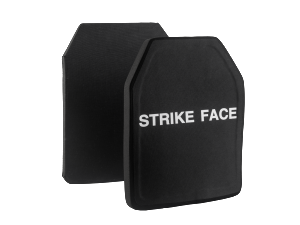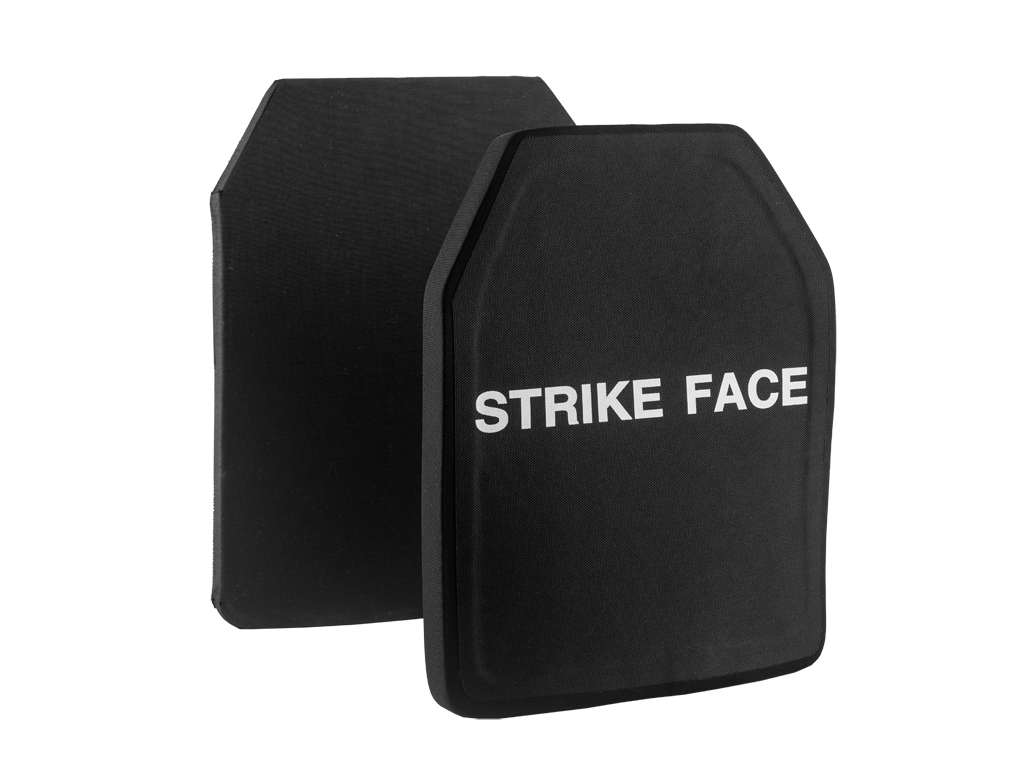 Bullet proof vests are an essential piece of equipment for any who will be facing the threat of firearms; they are lightweight, flexible, and can help save your life. However, many are not aware of the different types of protection they can offer, the styles they are available in, or even how bullet proof vests work. It is important to understand how protective clothing works, and what options are available, in order to make the right decision when it comes to your protection.
Bullet proof vests are an essential piece of equipment for any who will be facing the threat of firearms; they are lightweight, flexible, and can help save your life. However, many are not aware of the different types of protection they can offer, the styles they are available in, or even how bullet proof vests work. It is important to understand how protective clothing works, and what options are available, in order to make the right decision when it comes to your protection.
Bullet proof vests are tested and graded according to the protection they can offer. This testing is undertaken by the US National Institute of Justice (NIJ), which is widely regarded as the world leader in ballistic testing. This grades body armor according to its level, with higher levels naturally offering more protection than lower levels. For example, bullet resistant armor at Level IIIa is capable of stopping the vast majority of ammunition used in handguns, while still remaining lightweight and flexible. However, it may be that this is not adequate protection; there is no reason to sacrifice protection in the face of high caliber ammunition.
Body armor is capable of protecting against all manner of ammunition, including high caliber rounds usually fired from rifles and automatics, and even armor-piercing ammunition. Protection at lower levels uses materials like Kevlar that are soft and flexible, yet still very strong. These work by ‘trapping’ and flattening a bullet, dispersing its energy and slowing it until it comes to a complete stop. Armor at higher levels still uses these materials, but needs additional protection to stop high caliber rounds. Bullet proof vests at Level III or IV will therefore use rigid plates made from Ceramics, Polyethylene, or a blend of the two. These plates will increase the weight and bulk of armor, but will help protect against higher caliber ammunition. This is done by absorbing the bullet and deforming around it, absorbing its energy in a similar way to Kevlar.
Bullet proof vests at Level I-IIIa use Kevlar inserts, keeping bullet resistant vests soft, lightweight and flexible. However, even higher level armor is lightweight and comfortable to wear, and is available in different styles. Body armor can largely be split into covert and overt styles. Covert vests are designed to be worn underneath clothing, providing discreet protection, whereas overt armor is worn over clothing, and can form part of a uniform. While both styles will be lightweight and comfortable, they each have their advantages.
Overt armor has the advantage of being customisable, and can be augmented with additional protection for the neck, throat, upper arms, and groin. Similarly, high-visibility covers, logos, and insignia can all be added to make overt armor more useful. At high levels, overt armor can form complete protection for high risk situations. Of course, it may not always be beneficial to display your armor, and certain situations will require more discretion. Covert armor offers lightweight and discreet protection, and can still be upgraded to higher levels with rigid inserts at Level III or IV. Covert armor has the advantage of being available with temperature regulating technologies to help keep the wearer cool.
Body armor is a diverse term that encompasses bullet proof vests, stab proof vests, and even ballistic helmets. Understanding the nuances of body armor will help you make the right decision when choosing your vest, and will keep you completely protected. However, whatever the style of vest and however it is worn, complete protection against even armor-piercing rounds is available to be worn however is best for you, keeping you as safe as possible.

